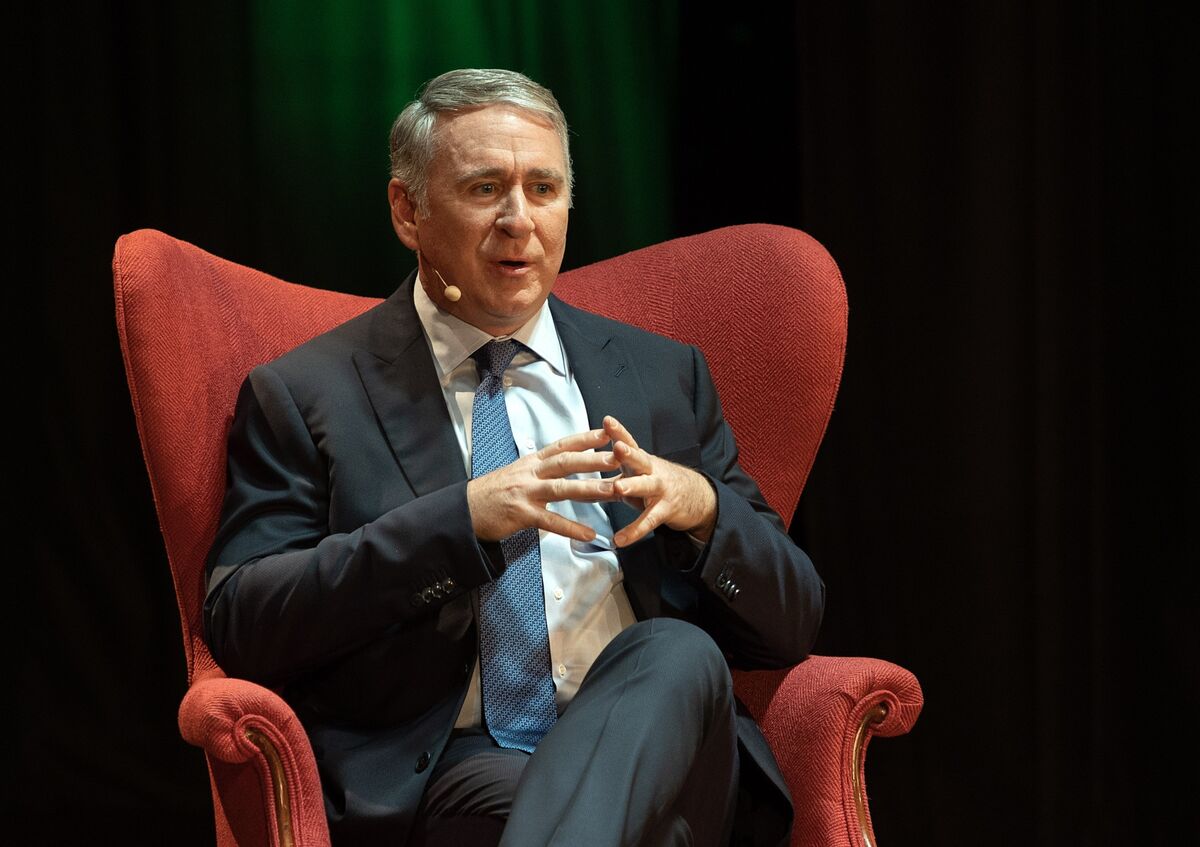Flight To Quality Continues for Office Sector

Office sector leasing was flat in the second quarter, but the so-called flight to quality continued to gain speed, leading to what JLL has called a “widening divergence in absorption and rent growth based on building age and amenitization.”
“Continued reassessments of space needs as a result of delayed return-to-office plans pushed sublease availability upward modestly, even as the rate of take-backs and backfilling of sublease blocks was consistent with earlier quarters,” the firm notes in a new research report. “On the other hand, innovation-heavy submarkets and micromarkets remained bright spots in a heavily patchy real estate environment, witnessing buoyant inbound migration from both traditional and emerging industry tenants complemented by groundbreakings of midsized, boutique office space as part of mixed-use developments.”
JLL also notes that as we move into the second half of this year, a record number of leases will expire – and that in turn will drive additional leasing activity while shifting growth expectations as companies continue to noodle over space needs.
Gross leasing activity totaled 47.2 million square feet, just 0.1% increase over the quarter, which JLL attributes to tenants “both large and small” in a number of high-growth sectors such as tech, media and creative industries putting expansion plans on hold thanks to a cooling venture capital and funding environment. Secondary growth markets are registering activity at 87.3% the rate of average 2019 quarters, while gateway cities are registering a 65.4% recovery rate in gateway markets. Four markets—San Diego, Miami, Silicon Valley and Raleigh— posted transaction volumes above their pre- pandemic norms, driven largely by life sciences and financial firms.
Short-term expansions stayed below 20% of activity, “indicating stable rather than decreased confidence among tenants,” JLL notes, and net absorption was again negative in Q2, with 7.8 million square feet of net occupancy loss, most of it from Class B and C space.
But “unlike leasing, flight to quality accelerated in the second quarter,” JLL notes. “Since the onset of the pandemic, new supply has registered net occupancy growth of 86.8 million square feet, compared to the 246.5 million square feet of outflows in the rest of the market. This trend will continue for the foreseeable future, but the scale of the remaining pipeline will keep vacancy elevated despite intense demand for top-tier space….As with other core metrics, vacancy is trending in different directions based on building quality, holding firm at 16.5% for buildings delivered since 2015 and increasing to 19.0% for second- generation product.”


